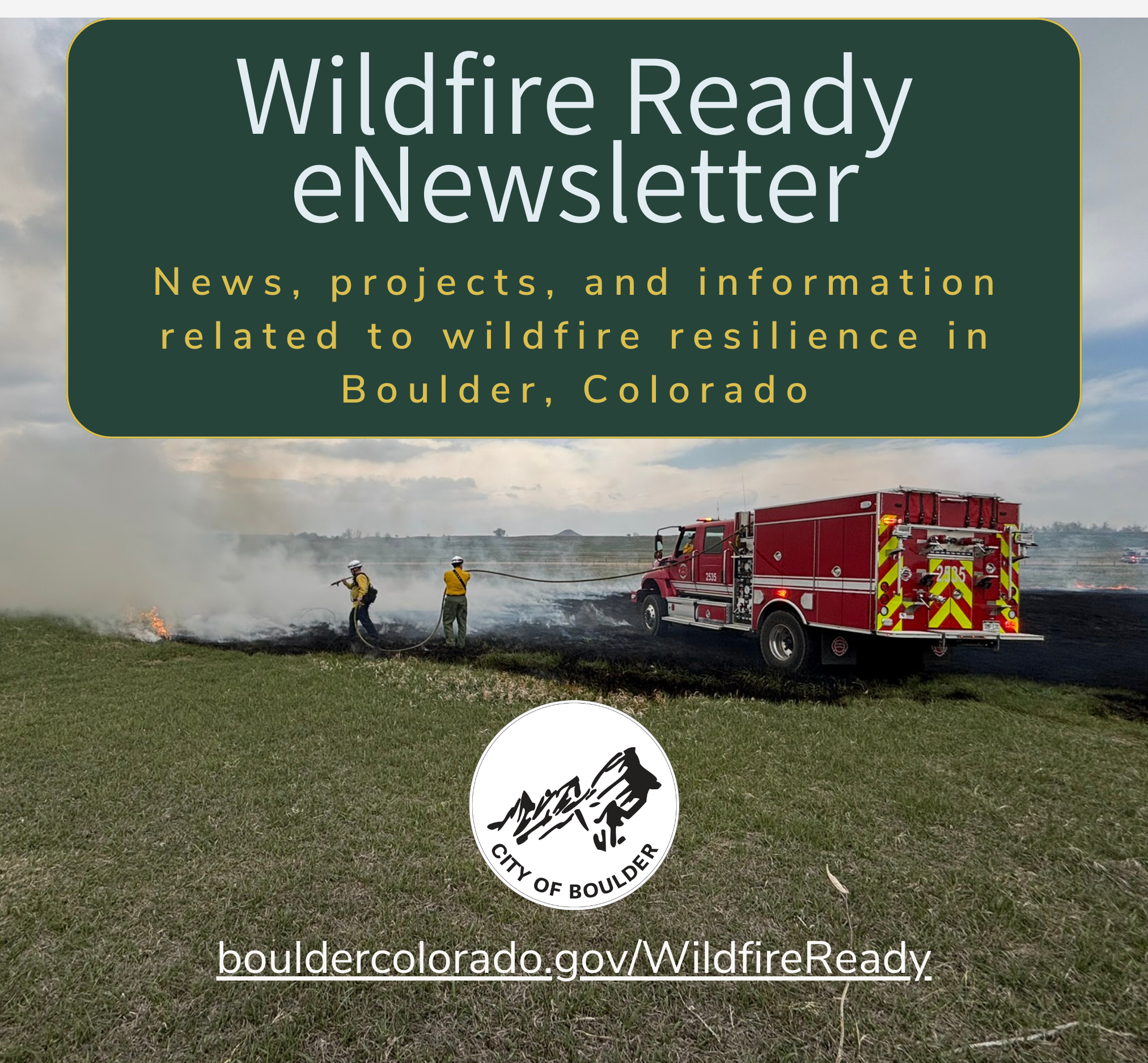While Boulder is a beautiful place to live, work and play, the same natural lands that make it special also put the community at significant risk for wildfires. Fire is a necessary part of the evolution of forests and grasslands. Strategic and coordinated mitigation can help us honor its role while preventing devastation to our community.
In November 2022, Boulder voters approved a new Climate Action Plan tax that included $1.5 million to support a more holistic and collaborative approach to this life-safety issue.
This gives us a valuable opportunity to shape a new generation of wildfire resilience in our community.
